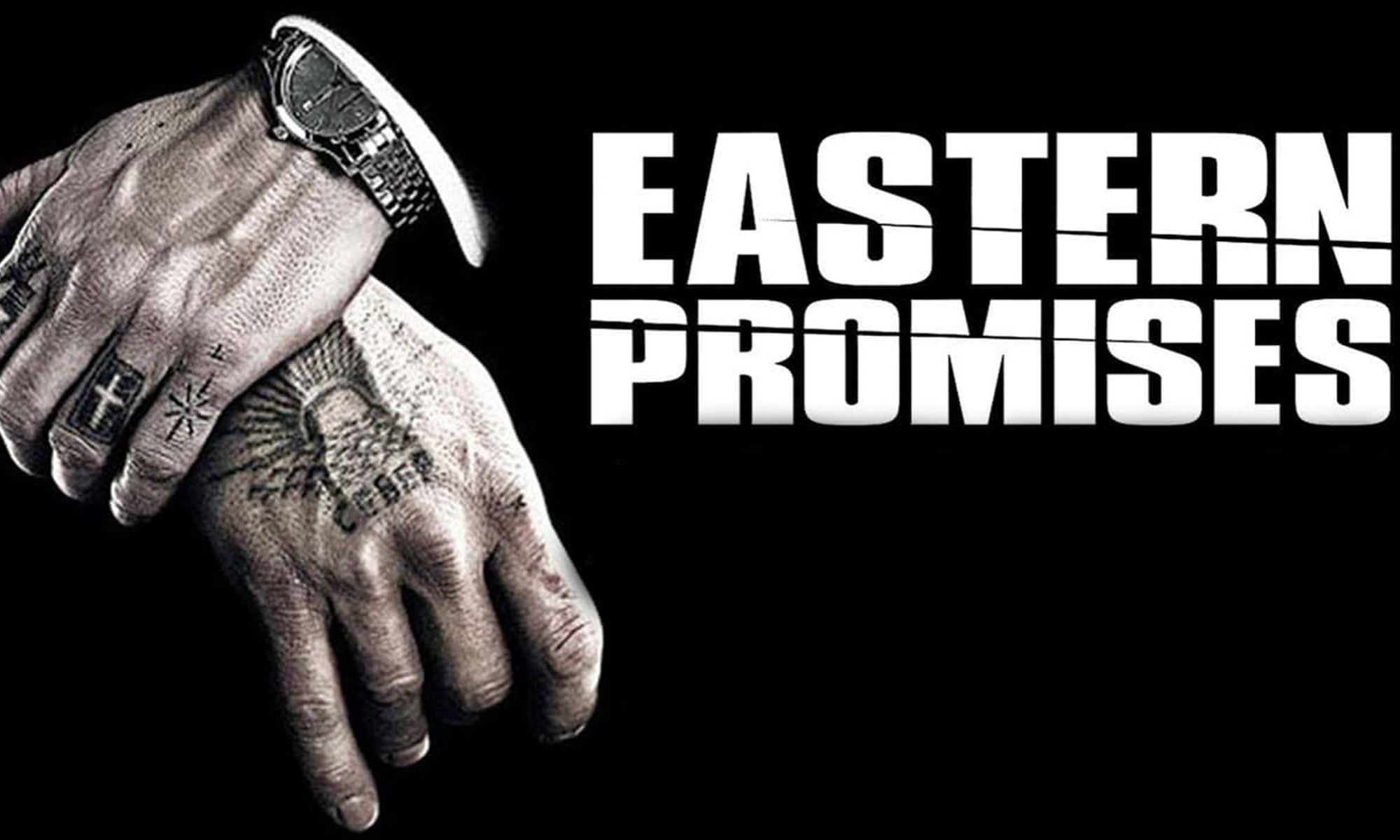Joe Jukic leans back, watching the snowfall through the window, that quiet Toronto December hush muffling the city. Nelly Furtado sits across from him at the kitchen table, sipping mint tea from a chipped mug. The lights on the tiny Christmas tree twinkle like soft Morse code.
JOE:
Nelly… we’re young John Lennonists. Always were. Lennon is our hero, our superman. Without him? Our minds are empty. Just static. He’s the blueprint of what it means to be awake in a sleeping world.
He taps the table with a finger, unconsciously keeping time to “Mind Games.”
JOE (continuing):
You know what I saw last night? Yoko’s new animation—War is Over. The Christmas one. The one everyone’s arguing about online. But I watched it the way you’re supposed to watch Lennon: with the inner ear, not the drama channel.
Nelly tilts her head, curious.
NELLY:
And? What did it say to you?
Joe stares into the lights of the tree, as if they’re glyphs only he can decode.
JOE:
It’s not just a cartoon, Nelly. It’s a prayer disguised as pixels. Yoko’s telling the world the same thing she told it in ’71: that peace isn’t something governments sign—it’s something people imagine. And imagining is the final rebellion.
He smiles, small but luminous.
JOE:
People mock her because they don’t understand the power she and John unlocked. They think peace songs are naïve. But every empire falls to an idea before it falls to a sword. And Lennon—he was the architect of ideas that outlive bullets.
Nelly sets down her mug, her eyes softening.
NELLY:
So the animation… it made you feel hopeful?
Joe shakes his head gently.
JOE:
Not hopeful. Responsible. Like she handed us the torch again. Lennonists aren’t a fan club. We’re custodians. Guardians of the message.
He looks at her, almost solemnly.
JOE:
War is over—if you want it. And if we’re honest? Most people don’t want it enough. But we do, Nell. We always did. Even when we were kids. Even when we didn’t have the words.
A beat. Snow continues its steady descent.
NELLY:
Young Lennonists… I like that. It sounds like a movement.
Joe grins.
JOE:
It is. And we’ve been in it since day one.
He reaches over and flicks on the old stereo. A quiet guitar intro fills the room. Lennon’s voice arrives like a ghost with perfect aim.
“So this is Christmas…”
And for a moment, everything is still—
just Joe, Nelly, and the soft echo of a man whose message refuses to die.









